In the realm of heavy transportation, the reliability and efficiency of braking systems are paramount. At CarMax Vehicle, we understand the critical role that semi air brake systems play in ensuring the safety of both the vehicle and its cargo. This comprehensive guide delves into the intricacies of semi air brake diagrams, providing a detailed exploration of their components, functionality, and advantages. Whether you are a seasoned fleet manager or a newcomer to the trucking industry, this article aims to equip you with the knowledge necessary to optimize your braking systems for enhanced performance and safety.
Understanding Semi Air Brake Systems
Semi air brake systems are a cornerstone of modern heavy-duty vehicles, offering superior braking performance through compressed air. Unlike hydraulic systems, air brakes utilize the expansive properties of air to exert force, providing more consistent and controllable braking power. This system is particularly suited for large vehicles like semi-trailers, where the demands on the braking mechanism are significantly higher.
Key Advantages:
- Enhanced Safety: Provides consistent braking force across all wheels.
- Durability: Designed to withstand the rigors of heavy-duty use.
- Scalability: Easily adaptable to different vehicle sizes and loads.

Components of a Semi Air Brake Diagram
A semi air brake system is composed of several critical components, each playing a vital role in the overall functionality of the braking mechanism. Understanding these components is essential for both troubleshooting and maintenance.
| Component | Function |
|---|---|
| Air Compressor | Generates and pressurizes air for the braking system. |
| Reservoir Tanks | Store compressed air, ensuring a steady supply during braking operations. |
| Brake Chambers | Convert air pressure into mechanical force to actuate the brakes. |
| Slack Adjusters | Maintain the correct distance between brake components, ensuring optimal function. |
| Brake Shoes/Pads | Provide the friction necessary to slow down or stop the vehicle. |
| Air Lines and Hoses | Transport compressed air throughout the braking system. |
| Valves | Control the flow and pressure of air within the system. |
Detailed Component Breakdown
Air Compressor
The air compressor is the heart of the semi air brake system, responsible for generating the necessary air pressure. Positioned near the engine, it converts mechanical energy into compressed air, which is then stored in reservoir tanks for immediate use.
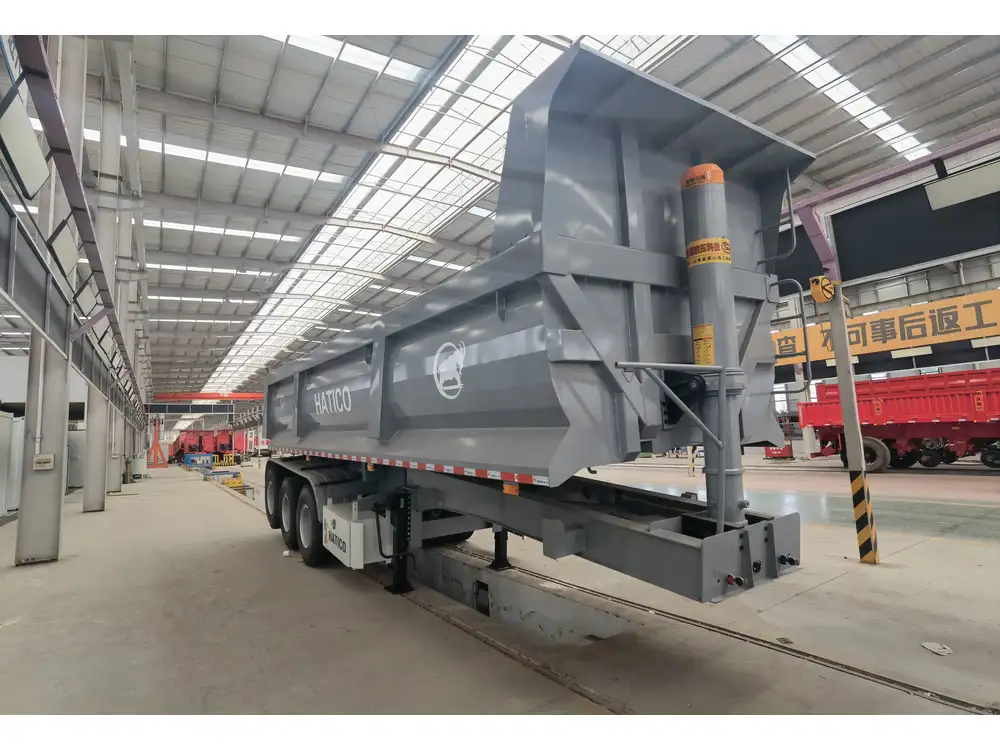
Reservoir Tanks
These tanks act as storage units for compressed air, ensuring a readily available supply during sudden braking needs. Typically, a semi air brake system will include at least two reservoir tanks to provide redundancy and reliability.
Brake Chambers
Brake chambers are the intermediaries between the air pressure and the mechanical brake components. When air pressure is applied, the brake chamber pushes against the push rod, which then actuates the slack adjusters.
Slack Adjusters
Slack adjusters are critical for maintaining the proper engagement between the brake shoes and the brake drum. They automatically adjust to compensate for brake shoe wear, ensuring consistent braking performance.

Brake Shoes/Pads
These are the components that come into direct contact with the brake drum, creating the friction necessary to slow down or stop the vehicle. High-quality brake shoes/pads are essential for effective braking and longevity of the system.
Air Lines and Hoses
The network of air lines and hoses is responsible for distributing compressed air from the reservoir tanks to the various components of the braking system. Proper routing and maintenance of these lines are crucial to prevent leaks and ensure efficient operation.
Valves
Valves regulate the flow and pressure of air within the system, controlling the distribution of air to the brake chambers. They play a pivotal role in modulating braking force and preventing overpressurization.

Operational Dynamics of a Semi Air Brake System
The functionality of a semi air brake system can be understood through its operational cycle, which involves several key stages:
- Air Compression and Storage: The air compressor pressurizes air, which is then stored in reservoir tanks.
- Brake Activation: When the driver applies the brake pedal, air pressure is directed to the brake chambers.
- Force Conversion: Brake chambers convert air pressure into mechanical force, pushing against slack adjusters.
- Brake Engagement: Slack adjusters transfer the force to brake shoes/pads, engaging them with the brake drum.
- Vehicle Deceleration: The friction between brake shoes/pads and the drum slows down or stops the vehicle.
- Air Release: Once braking is complete, air pressure is released, and the system resets for the next braking cycle.
Visual Flowchart of Operational Steps
graph LR
A[Air Compressor] --> B[Reservoir Tanks]
B --> C[Brake Chambers]
C --> D[Slack Adjusters]
D --> E[Brake Shoes/Pads]
E --> F[Vehicle Deceleration]
F --> G[Air Release]Comparing Semi Air Brakes to Other Brake Systems
When selecting a braking system for heavy-duty vehicles, it’s essential to consider the various options available. Semi air brakes are often compared to hydraulic and electric braking systems, each offering distinct advantages and drawbacks.
| Brake System | Advantages | Disadvantages |
|---|---|---|
| Semi Air | Superior power, durability, scalability | Requires regular air system maintenance |
| Hydraulic | Simpler installation, lower initial cost | Less effective for heavy loads, potential for brake fade |
| Electric | Precise control, energy-efficient | Higher complexity, potential electrical issues |

Why Choose Semi Air Brakes?
Semi air brakes excel in environments where consistent and powerful braking is necessary. Their ability to maintain performance under heavy loads makes them the preferred choice for semi-trailers and large commercial vehicles. Additionally, the scalability of air brake systems allows for easy customization to meet varying operational demands.
Advantages of CarMax Vehicle’s Semi Air Brake Systems
At CarMax Vehicle, we pride ourselves on delivering top-of-the-line semi air brake systems that surpass industry standards in both performance and reliability. Here’s what sets us apart:
Superior Engineering and Design
Our brake systems are meticulously engineered to provide maximum efficiency and longevity. Each component is crafted with precision, ensuring seamless integration and optimal functionality.
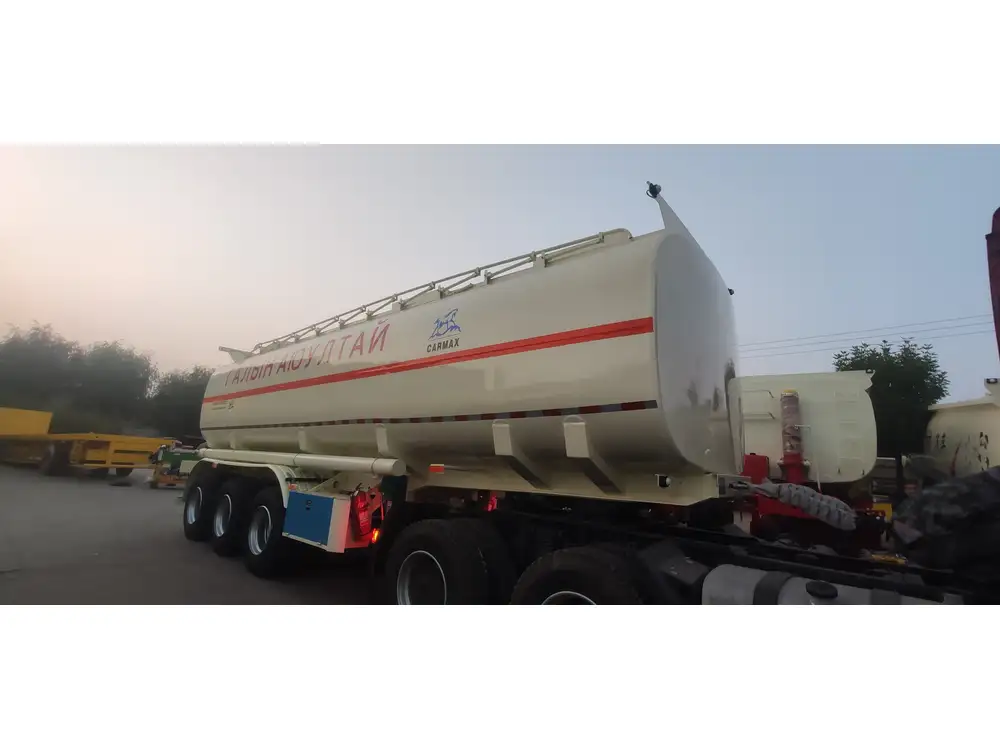
Rigorous Quality Control
CarMax Vehicle adheres to stringent quality control measures, guaranteeing that every brake system meets the highest standards of safety and performance before reaching the market.
Customization and Support
We offer tailored solutions to meet the unique needs of our clients, providing expert consultation and support to ensure that our brake systems perfectly align with your vehicle specifications and operational requirements.
Enhanced Safety Features
Our systems incorporate advanced safety features, such as automatic slack adjusters and fail-safe valves, to provide reliable braking performance under all conditions.
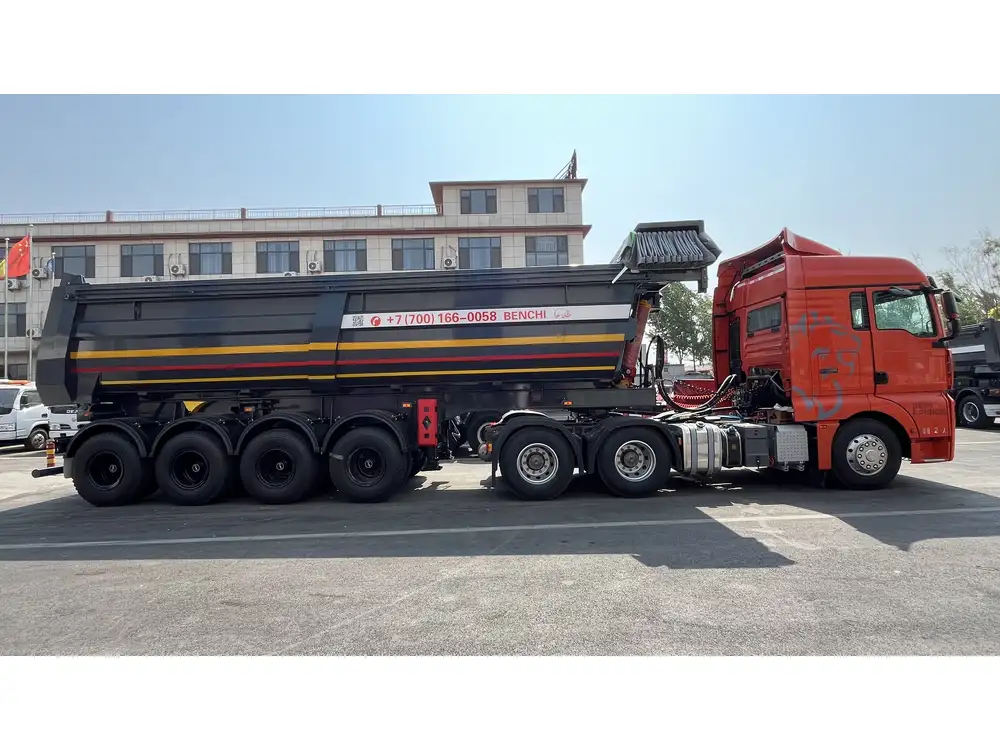
Installation and Maintenance of Semi Air Brake Systems
Proper installation and regular maintenance are crucial for the optimal performance of semi air brake systems. CarMax Vehicle provides comprehensive guidelines to ensure your brake systems operate efficiently and safely.
Installation Best Practices
- Professional Installation: Engage certified technicians to install brake systems, ensuring all components are correctly fitted and calibrated.
- System Integration: Ensure seamless integration with existing vehicle systems, including the engine and suspension.
- Testing: Conduct thorough testing post-installation to verify system functionality and identify any potential issues.
Maintenance Tips
- Regular Inspections: Schedule routine inspections to check for air leaks, worn components, and overall system integrity.
- Component Replacement: Replace brake shoes/pads and other wear-prone parts promptly to maintain braking efficiency.
- Air System Servicing: Maintain the air compressor and reservoir tanks, cleaning and servicing them to prevent contamination and ensure consistent air pressure.
- Lubrication: Regularly lubricate moving parts to reduce friction and prevent premature wear.
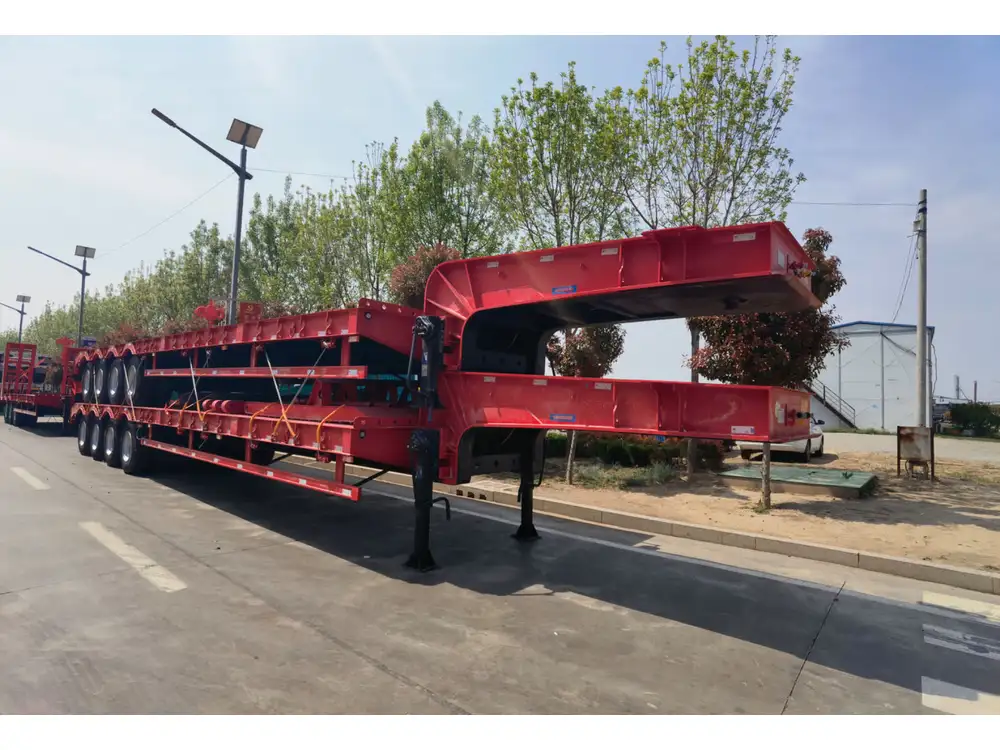
Safety Considerations for Semi Air Brake Systems
Safety is a paramount concern in any braking system, and semi air brakes are no exception. Implementing robust safety measures can significantly reduce the risk of accidents and enhance overall vehicle performance.
Key Safety Measures
- Redundancy: Incorporate multiple reservoir tanks and compressor backup systems to ensure continuous air supply.
- Regular Training: Train drivers and maintenance personnel on the proper use and upkeep of air brake systems.
- Emergency Protocols: Establish clear procedures for handling brake failures and other emergencies.
- Environmental Considerations: Protect brake systems from environmental factors such as moisture and extreme temperatures to prevent malfunctions.
Advanced Safety Features by CarMax Vehicle
Our semi air brake systems are equipped with advanced safety features, including:
- Automatic Brake Application: Engages brakes automatically if air pressure drops below safe levels.
- Proportional Braking: Adjusts braking force based on vehicle load and speed for balanced and effective stopping power.
- Real-Time Monitoring: Integrates with vehicle monitoring systems to provide real-time feedback on brake system performance.
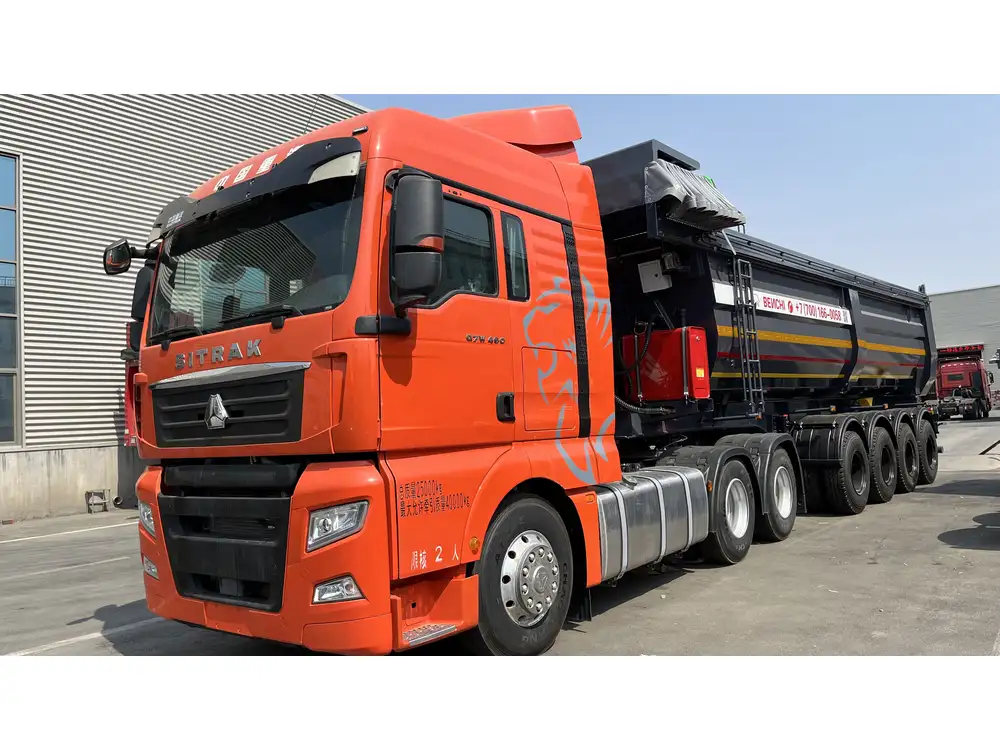
Future Trends in Semi Air Brake Technology
As the transportation industry evolves, so too do the technologies that drive it. CarMax Vehicle remains at the forefront of innovation, anticipating future trends in semi air brake systems.
Integration with Autonomous Systems
The rise of autonomous and semi-autonomous vehicles necessitates braking systems that can seamlessly integrate with advanced driver-assistance technologies (ADAS). Enhanced communication between brake systems and vehicle control units will enable more precise and responsive braking actions.
Sustainable Materials
Sustainability is becoming increasingly important in manufacturing. Future semi air brake systems may incorporate eco-friendly materials and energy-efficient designs to reduce environmental impact without compromising performance.
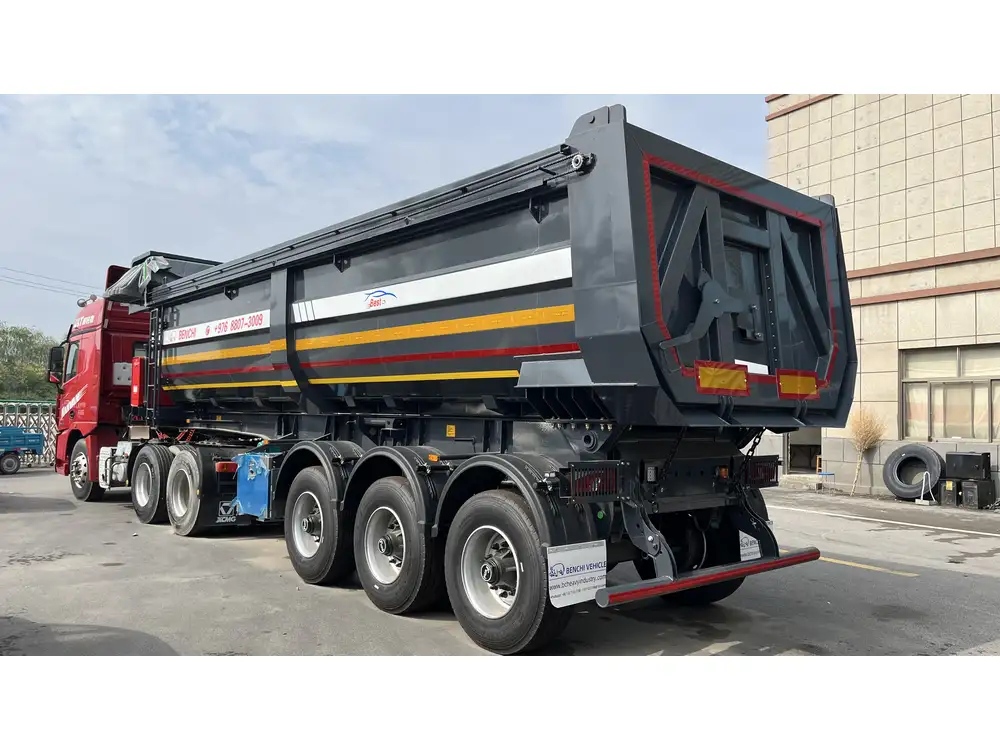
Smart Diagnostics
Advancements in IoT and smart technologies will lead to brake systems with built-in diagnostic capabilities, allowing for predictive maintenance and real-time performance monitoring.
Conclusion
Semi air brake systems are indispensable in the heavy transportation sector, providing the necessary power and reliability to ensure safe and efficient vehicle operation. At CarMax Vehicle, we are committed to delivering state-of-the-art brake solutions that meet the highest standards of quality and performance. By understanding the components, operation, and maintenance of semi air brake systems, you can enhance your fleet’s safety and efficiency, ultimately driving success in your transportation endeavors.
Frequently Asked Questions

1. How often should I inspect my semi air brake system?
Regular inspections are recommended at least once a week, with more frequent checks if the vehicle is used heavily. Comprehensive maintenance should be performed annually or as specified by the manufacturer.
2. What are the signs of a failing semi air brake system?
Indicators include reduced braking power, unusual noises when braking, air leaks, and warning lights on the dashboard. If any of these signs are present, immediate inspection by a qualified technician is necessary.
3. Can semi air brake systems be retrofitted to older vehicles?
Yes, semi air brake systems can be retrofitted to older vehicles, but it requires careful assessment and possible modifications to ensure compatibility and optimal performance.

4. What maintenance practices can extend the lifespan of my semi air brake system?
Regular inspections, timely replacement of worn components, maintaining clean air lines, and ensuring proper lubrication are key practices to extend the lifespan of your brake system.
5. How does CarMax Vehicle ensure the quality of its semi air brake systems?
We implement rigorous quality control processes, utilize high-grade materials, and employ experienced engineers to design and test our brake systems, ensuring they meet and exceed industry standards.



